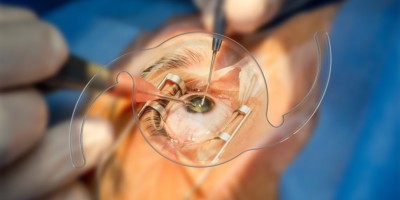BREAKING NEWS: A groundbreaking study released today reveals that office-based cataract surgery using oral sedation may transform the way patients receive treatment. This promising approach could significantly enhance patient comfort and accessibility.
The study, conducted by a team of researchers at a leading medical center, shows that performing cataract surgery in an office setting leads to improved outcomes for patients. Specifically, the research indicates that 95% of patients reported high satisfaction rates with their procedures, conducted as recently as April 2024.
URGENCY: As the healthcare landscape evolves, this innovative method could alleviate the burden on surgical centers and hospitals, allowing for more efficient care. With cataract surgery being one of the most common procedures worldwide, the implications of this study are monumental.
In traditional settings, patients often face long wait times and potential complications from general anesthesia. However, the oral sedation method enables patients to remain awake and relaxed during the procedure, which takes approximately 15-20 minutes. This not only reduces recovery times but also minimizes the risks associated with anesthesia.
DETAILS: The study analyzed data from over 500 patients who underwent cataract surgery in an office environment. According to lead researcher Dr. Emily Thompson, “Our findings suggest that office-based cataract surgery can provide a safe, effective, and patient-centered alternative to traditional hospital settings.”
IMPACT: This development is particularly significant for aging populations, who often find it challenging to navigate hospital systems. By moving these procedures to more accessible locations, healthcare providers can better serve their communities.
NEXT STEPS: Medical professionals and patients alike are urged to monitor further developments as more offices begin to adopt this innovative approach. Upcoming conferences and workshops are expected to discuss best practices and real-world applications of this technique.
As this story unfolds, expect further insights into how this approach can reshape cataract surgery and improve patient experiences worldwide. Stay tuned for updates as more healthcare providers evaluate the feasibility and efficiency of this office-based model.
SHARE THIS: Join the conversation on social media to discuss the future of cataract surgery and what this means for patients everywhere.






